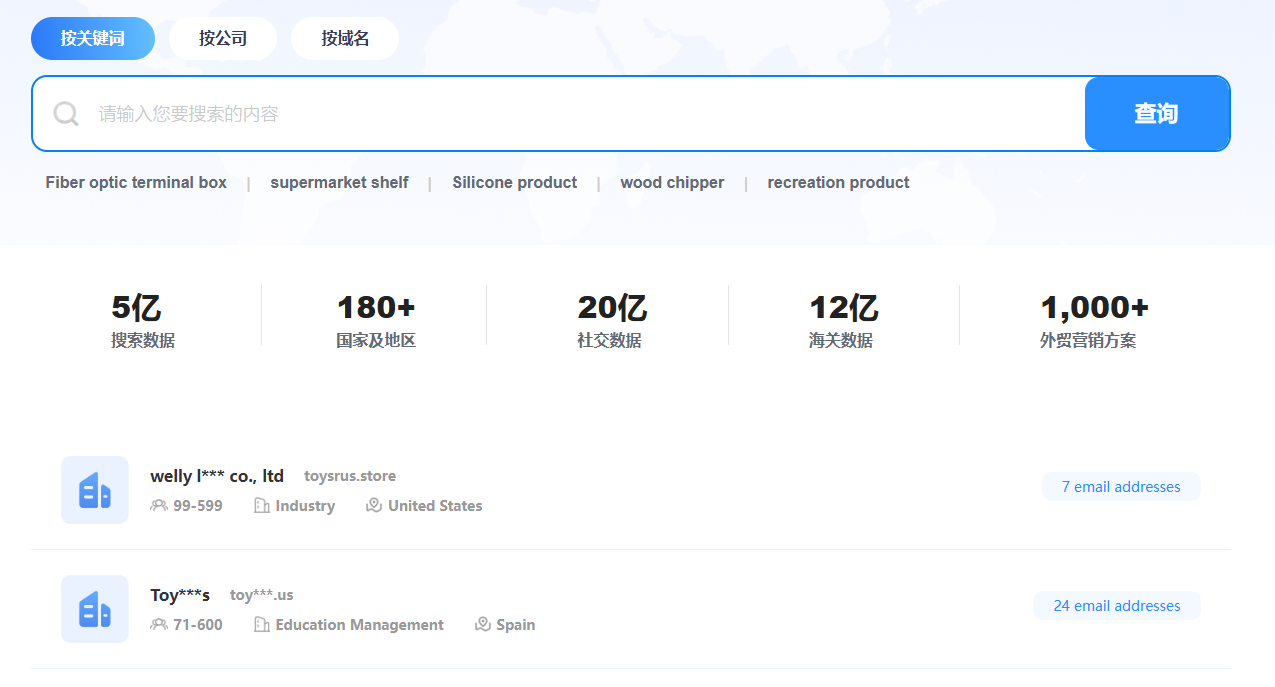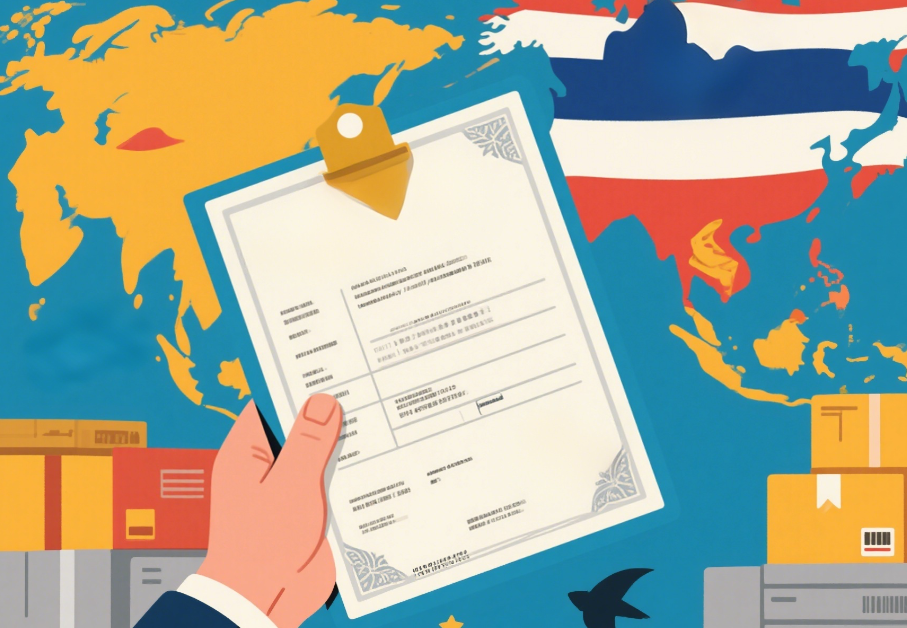 400-076-6558智领未来,外贸超级营销员
400-076-6558智领未来,外贸超级营销员
 400-076-6558智领未来,外贸超级营销员
400-076-6558智领未来,外贸超级营销员

Accurately calculating costs is the cornerstone of success in foreign trade quoting. To begin with, we need to be clear about the composition of costs. Generally, it includes the following main parts:
Product costs are the most fundamental part of the cost structure. This includes raw material costs, manufacturing costs, and labor costs. For example, if you are exporting handmade ceramic products, you need to calculate the cost of clay, paint, and the labor hours spent on making and firing the ceramics. On average, labor costs can account for about 30% - 40% of the total product cost in manufacturing industries.
Transportation and logistics costs are also significant. These include sea freight, air freight, inland transportation, port handling fees, and insurance costs during transit. For long - distance sea freight, it can cost around $500 - $2000 per container depending on the destination and the size of the container. Inland transportation costs might range from $50 - $500 depending on the distance and the quantity of goods.

Taxes and other miscellaneous fees also need to be considered. These may include value - added tax (VAT), customs duties, and other administrative fees. VAT rates can vary from country to country, usually ranging from 10% - 25%. Customs duties depend on the type of goods and the trade agreements between the exporting and importing countries.
After understanding the cost components, we need to master the key points of cost calculation. One important point is to calculate the actual procurement cost by deducting the tax refund from the含税 cost (tax - included cost). For instance, if the tax - included cost of a product is $100 and the tax refund rate is 13%, the actual procurement cost is $100 - ($100 * 13%) = $87.

In foreign trade, different price terms have different quoting formulas. Here are the explanations of the most commonly used price terms:
The FOB price includes the product cost, inland transportation to the port, and export - related fees. The formula is: FOB Price = (Product Cost + Inland Freight + Export Fees) / Quantity. For example, if your product cost per unit is $50, inland freight to the port for all products is $1000, and export - related fees are $500, and you are exporting 1000 units, the FOB price per unit is ($50 * 1000+ $1000 + $500) / 1000 = $51.5.
The CFR price is based on the FOB price plus sea freight. So, CFR Price = FOB Price + Sea Freight. If the FOB price per unit is $51.5 and the sea freight per unit is $5, then the CFR price per unit is $51.5 + $5 = $56.5.
The CIF price is the CFR price plus insurance costs. Insurance costs usually account for about 0.2% - 0.5% of the product value. If the CFR price per unit is $56.5 and the insurance rate is 0.3%, the insurance cost per unit is $56.5 * 0.3% ≈ $0.17, and the CIF price per unit is $56.5+ $0.17 = $56.67.
In addition to understanding cost calculation, it is crucial to keep an eye on market dynamics. Raw material prices may fluctuate due to supply and demand changes, and transportation costs may also be affected by factors such as fuel prices and shipping capacity. For example, if there is a shortage of a certain kind of raw material, its price may increase by 10% - 20% in a short period. Therefore, you need to estimate various costs reasonably to ensure that your quotes can guarantee profits while remaining competitive in the market.

By mastering these knowledge points of accurate cost calculation in foreign trade quoting, you can make more informed and competitive quotes. Don't let inaccurate cost calculations cost you potential business. Start applying these techniques today to optimize your trade process!
Ready to take your foreign trade quoting to the next level? Sign up now to get more in - depth resources and practical training on cost calculation and quoting strategies!
.png?x-oss-process=image/resize,h_100,m_lfit/format,webp)
.png?x-oss-process=image/resize,h_100,m_lfit/format,webp)

.png?x-oss-process=image/resize,h_100,m_lfit/format,webp)
.png?x-oss-process=image/resize,h_100,m_lfit/format,webp)
.png?x-oss-process=image/resize,h_100,m_lfit/format,webp)
.png?x-oss-process=image/resize,h_100,m_lfit/format,webp)
